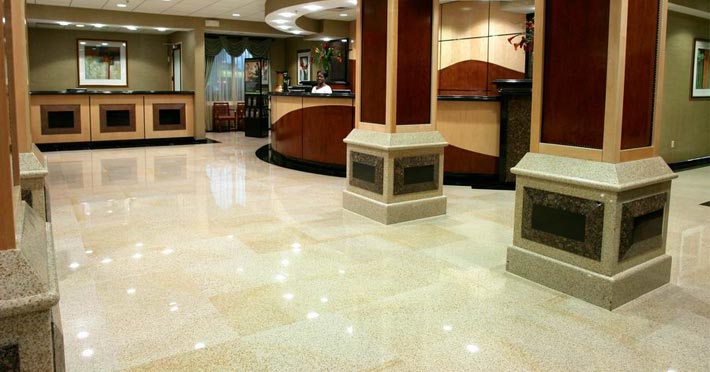Marble tiles are some of the best materials that you can use in to create aesthetically pleasing but functional architectural designs.
These marble tiles are more commonly used in residential areas such as the bathroom, fireplaces, even the hallways of your home as well as the countertops on your kitchen. Marble tile is definitely a remarkable material, one that is difficult to imitate.
Marble, which is a metamorphic rock, conveys different characteristics indicative of its development stage. Marble is usually formed from a re-crystallization process whereby different elements from the rock, such as fossil material and other sundry minerals combine under extreme heat and pressure, resulting into the new rock which is marble.
The re-crystallization process of the marble tile also helps create the unique and aesthetic designs of the marble surface, which are the vein-like virulets that run along the marble slab. These virulets differ in their patterns and designs. No two marble tile or slabs have the same pattern and design, thanks to the virulets, making each marble tile unique.
Each marble can vary in color and size, which is also the same for the vein-like virulets that give the marble tile its pattern. Once these marble slabs are cut into whatever size they are needed for, they will bear the design patterns that the vein-like virulets have left on them.
Once the marble has been formed from the combination of elements, it is now ready to be quarried and used to form the marble tiles that we all love to use in our homes, whether as décor or as an integral part of the house. Marble is usually quarried in large amounts and size, whereby it will be removed from the bordering rock that it is connected to by cutting large chunks of the marble rock, separating it from the bordering rock.
Once the marble rock has been removed, it is then placed in nearby mills wherein it is delivered to be sized. The largest of the marble slabs are usually the first ones to be cut down first since it is the largest. The process continues on until you reach the smaller marble tiles. These small marble tiles are the ones that are used as flooring tile and wall tile in your homes.
In order to give your small marble tiles a well-worn, antique look, you must need to subject it to a process wherein the tile undergoes a tumbling process with sand inside a large drum. It is during this period that the marble tile chips its edges and corners slightly, giving the marble tile a more round appearance. The chipped corners, along with the sand in the tumbling large drum, the marble tile is now processed to have a finished look which is called a tumbled marble.
Once these processes are done , they are immediately polished to give them an elegant look. They are also checked for cracks and “faults” which should be filled by pigmented resins immediately in order to avoid the materialized small fissures to grow in size and damage the marble tile.
, they are immediately polished to give them an elegant look. They are also checked for cracks and “faults” which should be filled by pigmented resins immediately in order to avoid the materialized small fissures to grow in size and damage the marble tile.

